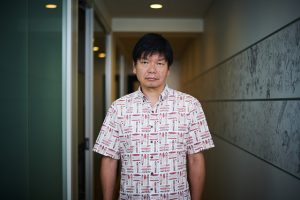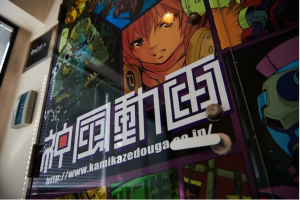
What You Need to Know:
- Tokyo Otaku Mode is currently doing a large-scale project where the team interviews well known production studios that are prominent in the anime scene. In Vol 3 of their project the team interviewed TRIGGER, who's known for works such as; ill La Kill, Little Witch Academia, Darling in the Franxx (jointly produced with A-1 Pictures), SSSS.GRIDMAN, and more.
- As always, be sure to check out the official Tokyo Otaku Mode website where you'll be directed to all of the most current interviews!
- With that being said, let's jump straight into the interview which is brought to you by the folks at Tokyo Otaku Mode.
Source: Official Press Release
TRIGGER Exclusive Interview
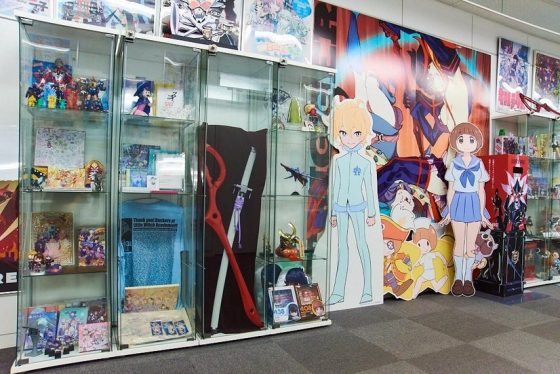
THE ENTRANCE TO TRIGGER, WHICH IS IN OGIKUBO IN SUGINAMI WARD.

POSTERS OF THEIR TITLES, STARTING WITH DARLING IN THE FRANXX.
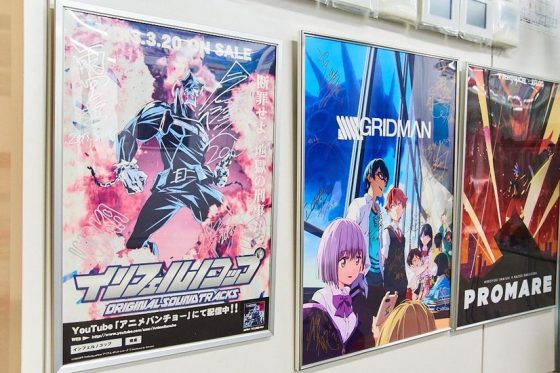
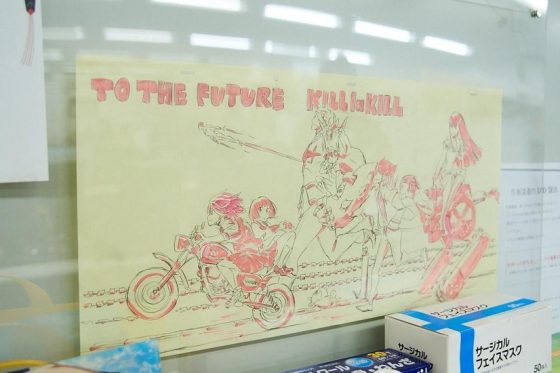
A HAND-DRAWN ILLUSTRATION OF KILL LA KILL.
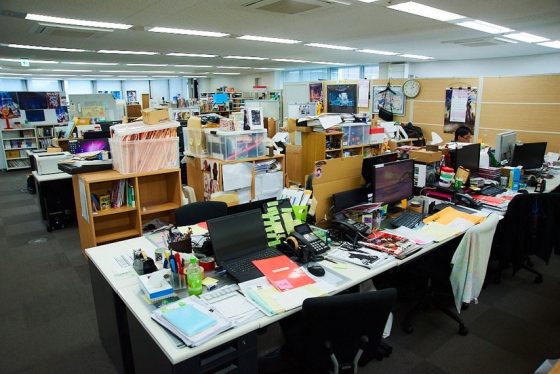
THE INSIDE OF TRIGGER’S STUDIO.
TRIGGER’s titles, known for their powerful art and captivating universes, have the power to cross borders and be loved internationally. Their new title, SSSS.GRIDMAN, started airing in October and was directed by Akira Amemiya. He was the assistant director of Kill La Kill and the series director of Ninja Slayer From Animation, so this is the first time he has fully handled a TV series. He is the third director to come from TRIGGER, following Hiroyuki Imaishi from Kill La Kill and Yoh Yoshinari from Little Witch Academia.
We sat down with TRIGGER’s CEO, Masahiko Otsuka (left) and SSSS.GRIDMAN’s line producer, Masato Takeuchi (right), to discuss TRIGGER’s history and its future.
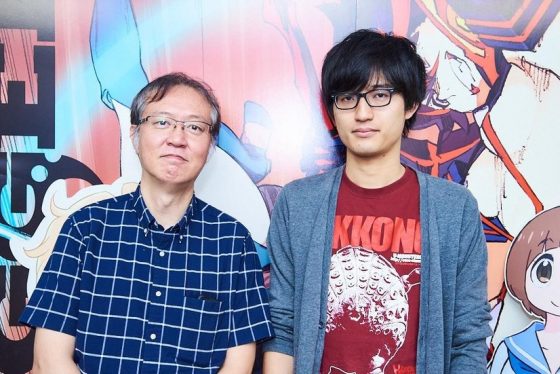
We Started with an Interest in Trying Something New
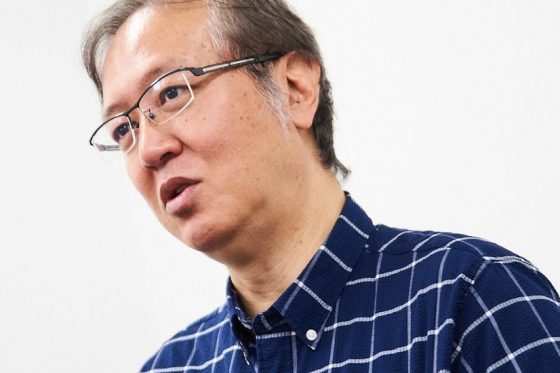
Tokyo Otaku Mode: Mr. Otsuka, you opened TRIGGER in 2011. At the time, what kind of studio did you want to make?
Otsuka: It’s been quite some time since we opened TRIGGER, but how we work now and how we worked at our previous studio, Gainax (best-known works: Gunbuster, Nadia: The Secret of Blue Water, Gurren Lagann), hasn’t really changed. It’s not like we couldn’t do what we wanted until then, but actually, we were able to do whatever we wanted. We just thought that we wanted to try some new things with staff training and interacting with fans. It wasn’t really about the direction of the titles.
On the other hand, we began animating in the era of cel animation, which was later replaced by digital animation. By the time we opened TRIGGER, Internet streaming was starting to become standardized. We wanted to do something new as the standards of animation were shifting, so we thought we should make a new place for that.
Tokyo Otaku Mode: TRIGGER has a rather open image among its fans.
Otsuka: That hasn’t changed from when we were at Gainax. The staff is usually behind the scenes and having fans watch the show is the most important part. However, there are fans who want to know more about the production. Also, knowing how the titles are made will change the way people enjoy anime, so at the time we thought, “Wouldn’t it be good if the staff was more available to fans?”
Of course, even if there are staff members who want to talk to the fans, there are also people who don’t like being in the spotlight, so it’s not like we can make everyone be available. However, for staff who are okay with appearing at events and interviews, there are fans who are interested in what they have to say, so to combine those needs we thought that this would be a good stance to take. When we opened TRIGGER, there were few studios who actively interacted with fans like this, so we believed it would be an interesting thing to do.
The Fans’ Responses Become Our Source of Energy
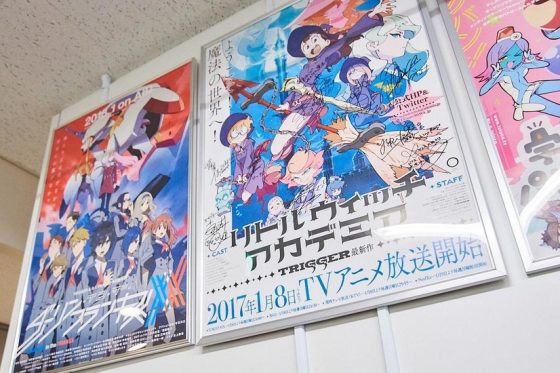
Tokyo Otaku Mode: TRIGGER titles are very popular at overseas conventions and TRIGGER as a studio has very passionate fans.
Otsuka: With the spread of Internet streaming, an era where international fans can watch anime in real-time along with fans in Japan has arrived. That’s why we decided to actively participate in not just domestic events, but international ones, too. Learning that people around the world, not just Japan, were watching our titles gave us new motivation.
What we felt at international events was that international fans assert their opinions more proactively than Japanese fans (laughs) or maybe it’s a difference in national character, but they don’t enjoy things passively. You can really feel their stance of actively enjoying things. For us staff members, seeing fans look like they’re really having fun makes us happy and it makes us feel really thankful.
There are people in our staff who think that going overseas is annoying, but many of them change their opinions and are grateful they’ve gone in the end.
Of course, making the title is our main job, but seeing the reactions from both our international and domestic fans becomes our energy. That’s why we want to keep going.
How to Raise Animators
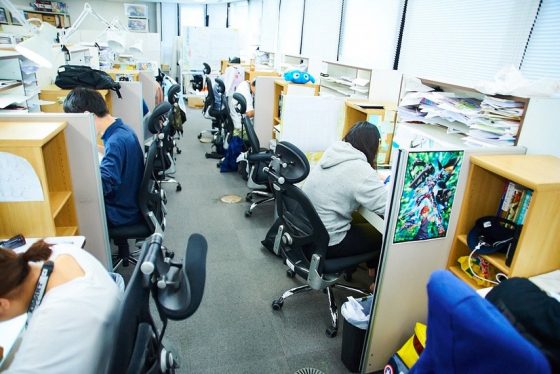
Tokyo Otaku Mode: You said that one of the reasons you started TRIGGER was for staff training. Please tell us about the importance of cultivating human resources.
Otsuka: In the past, people learned techniques by watching other animators and copying them. You weren’t taught anything. People of my generation would observe and take techniques for themselves, but people of this generation aren’t like that. I guess you can say they aren’t greedy.
If the overall era has changed, then we should match that. If we don’t properly face the fact that we need to teach animators, then animation as an industry will disappear. That sense of danger we felt when we decided to leave Gainax connects to our current state. I feel like even though we’ve advanced so much since then, education is difficult. But that’s why it’s something we must do.
Animating is primarily done solo, so once you’ve started working, you don’t really deal with other people. In that way, even though it doesn’t feel like you’re all working on something together, it’s a job that ends up that way. People in that kind of environment end up entering their own world and falling into a trap where they believe their techniques being self-taught is good enough.
That’s why we need to make a proper space where senior and junior animators can work together. It’s important to avoid clusters based on experience, but instead to have mixed spaces where they work together. I don’t know if we’re doing that well yet, but I strongly believe that kind of place is necessary.
Everything About Making Anime is Fun

Tokyo Otaku Mode: We’d like to ask you some questions that Tokyo Otaku Mode received from international fans now. “What parts of producing an anime do you find fun?”
Otsuka: Obviously, this changes based on who you ask, but for me, everything about it is fun. There are some parts of making anime that are troubling or physically challenging, but I find everything, including those parts, to be enjoyable. I entered the anime industry as a production assistant at Studio Ghibli, but I never found that to be difficult. I even considered being a production assistant forever. The way I thought about it was that it didn’t matter what position I had because I could find ways to make my work a positive addition to the title. As long as I had that confidence, I didn’t care about my job title.
Gainax was the type of company that didn’t limit your tasks based on your position, so you could do whatever you wanted. I watched the senior animators like Hideaki Anno (the director of Neon Genesis Evangelion) work like that, which made me think I could do whatever. They actually allowed that as long as I had the intention of properly completing what I wanted to do. However, this meant that I was responsible for everything I did.
One episode of an anime series is thirty minutes, so it’s difficult to make by yourself. That’s why it’s made by a team of people, but if those people change, the series changes a lot, too. What everyone on the team does is important, which is exactly why I think it’s so fun.
Tokyo Otaku Mode: How do you imagine TRIGGER in five or ten years?
Otsuka: When we opened TRIGGER, I said that I wanted it to last for five years. When we reached our fifth anniversary, I said that our next goal was to reach our tenth year. I started TRIGGER with Hiroshi Imaishi and Yoh Yoshinari, but since we’ve been able to continue working, the next generation of younger directors like Akira Amemiya, who we’ve entrusted our autumn title to, has appeared. Their titles are a little different from the ones we made, which makes it really interesting. That isn’t because we told them to make it that way, but it is the result of creating a foundation for them to come up with their own ideas. That’s why I want to keep making a solid foundation for more people like that to come up.
An Anime To Dumbfound You: SSSS.GRIDMAN
Tokyo Otaku Mode: You just mentioned Akira Amemiya, who is working on the new title SSSS.GRIDMAN. Mr. Takeuchi, you’re the line producer, so I’d like to ask you about it. How has the response been?
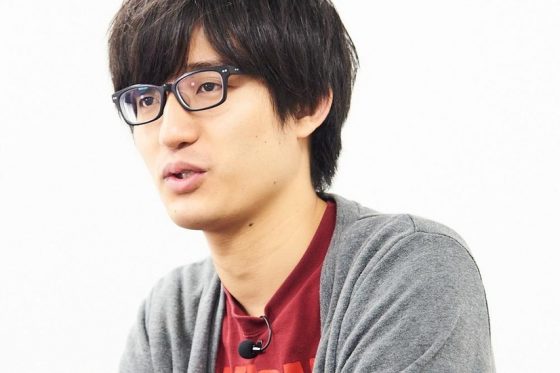
Takeuchi: If I were watching SSSS.GRIDMAN as an anime fan, I would definitely be dumbfounded by it. I would be surprised by the high quality imagery because I think it’s the first TV show in a long time to make people get goosebumps just from watching it. It does have some traditional anime-like parts that will make people feel nostalgic, but we didn’t want it to be just that. We used that nostalgia and properly meshed it with modern anime, so when we checked the raw footage, we were so surprised by the new way of expressing the story that we asked each other if we had ever seen an anime like this before.
At first, the plan was to base it off of Gridman the Hyper Agent (aired in 1993, produced by Tsuburaya Productions) and make a sequel with some original ideas added by Mr. Amemiya. But as we kept working on it, we realized it was a title from almost twenty-five years ago, so some people thought that if we didn’t make it for modern anime fans, no one would watch it. Because of that, we shifted so that even though the title and basic elements are older, we used them to make an entirely new title.
The staff skews young, including myself. Since there is a young team working on it, we all understand each other’s dispositions and it’s led to an environment where we can easily have discussions. Of course, we get advice from the veterans about what’s important and what can’t be left out. SSSS.GRIDMAN’s studio is one where we can lend each other strength. I find it really fun to work in and everyone on the staff is very proactive.
Create an Environment Where Everyone Can Diligently Apply Themselves
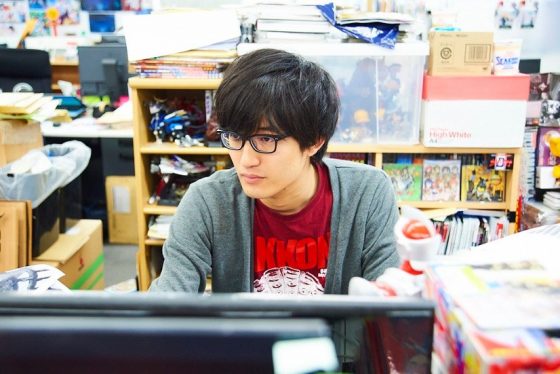
Tokyo Otaku Mode: Here’s a question from a fan for Mr. Takeuchi. “Where do you get your wonderful ideas from?”
Takeuchi: First, I tell the person I’m working with my dreams by telling them what I want, what I like, or how I want things to be done. I have them think about how they can proceed, so after that I can get their professional opinion. When I ask for things like that, the person also feels positive about things going forward so I get good ideas that I’d like to hold on to. That’s how I work with everyone involved in the production, like the designers, storyboarders, producers, directors, 3D, lighting and other technicians, and colorists. When I ask them, I show them my passion, which in turn connects to wonderful ideas.
What’s important is creating an environment where we can have conversations like that, as well as one where everyone can work diligently. I think that’s what’s necessary to create good ideas. It might be an exaggeration to say that we consider making each other laugh or groan to be a personal win, but we do think about each other. When we experience an atmosphere like that, it really makes things fun and hits home that we’re actually working on a title.
Not only do I tell everyone my dreams of what I want to do, but I also tell specific people about what other people have said, too. Animators tend to face their desks and not each other, and we also tend to outsource some non-animation work, so I inform staff members like Mr. Amemiya about how someone else would like it or how other people did things. If we create bridges like that, then everyone becomes aware of the people around them and it becomes a chemical reaction. I quietly act like Cupid in that way (laughs).
Tokyo Otaku Mode: Please send a message to the fans that are looking forward to the broadcast.
Takeuchi: We were handed a title from twenty-five years ago, so there may be people who avoid it because they don’t know the original. However, we thought of new characters and new stories specifically for people who don’t know Gridman. Of course, we’d also love for people who know the original to enjoy it as well. The director and I are both fans of tokusatsu (live-action titles with heavy emphasis on special effects) as well as of the original story, so we have a lot of respect for Gridman. I think this anime will leave you satisfied and make you want to watch the original. I believe it’s really good, so I’d like for you to watch it without any prejudice even if you don’t know the original story.
Aiming for Titles That Fans Can Enjoy

Tokyo Otaku Mode: Finally, Mr. Otsuka, we’d like to ask you for a message for fans both domestic and international who are supporting TRIGGER.
Otsuka: We at TRIGGER want to make interesting titles with the director at the center. The titles that we create aren’t actually complete works until our fans watch them. We believe that nothing has begun if we don’t have an audience. When the audience enjoys our work, it makes us want to work harder on the next title. If you enjoyed our work and liked some parts of it, we get strength from simply being told that it was good. Of course, we don’t mind if you tell us it was bad, either. We work hard to make good shows, so simply telling us that you liked it makes us really happy.

©Tsuburaya Pro
©2018 TRIGGER ・ Akira Amemiya / GRIDMAN Production Committee
About SSSS. GRIDMAN
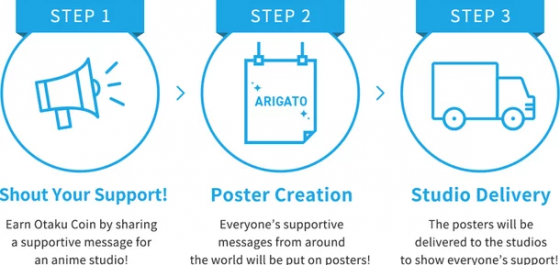
Be sure to SUBSCRIBE!


